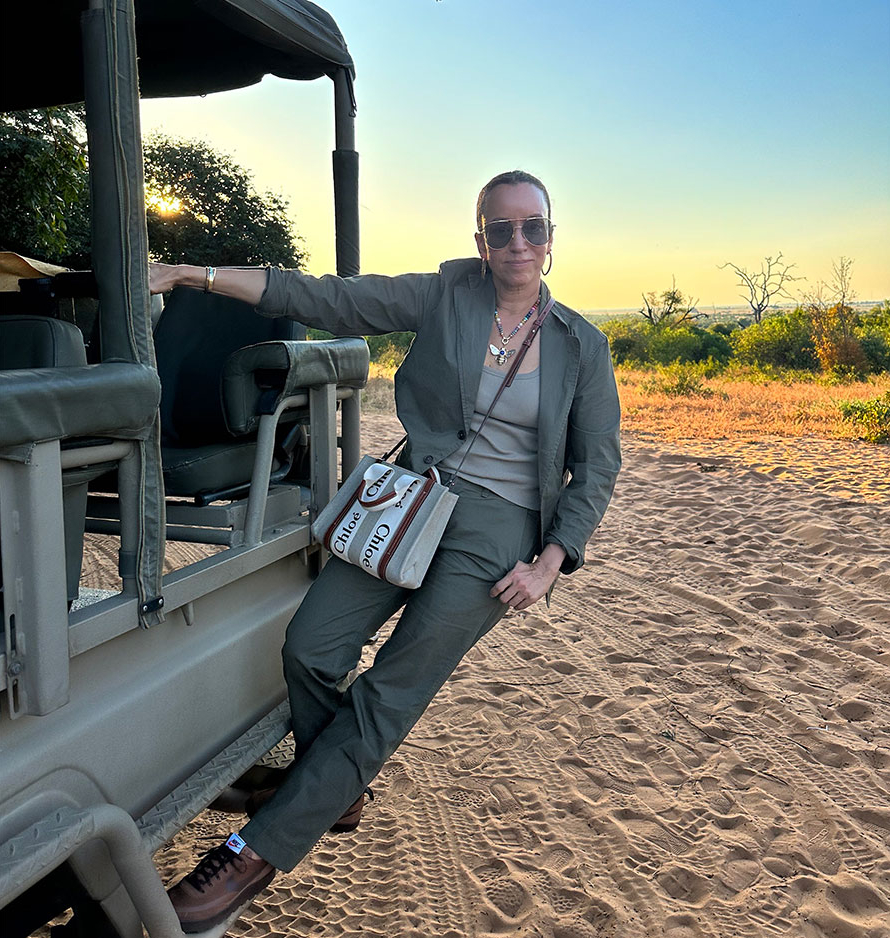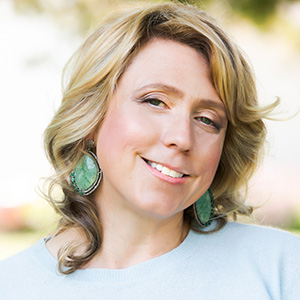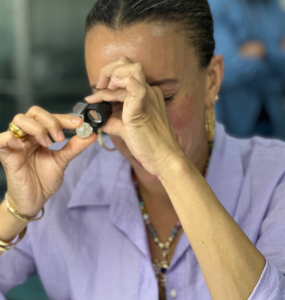
If you spend any amount of time on Instagram, you might notice that a lot of jewelry designers have traveled to Africa and South America in order to trace their gemstones and gold all the way to the source.
What drew them to such far-flung destinations? What did they learn there? And what do they plan to do with the knowledge they’ve accrued? We put these questions and more to a cohort of globetrotting designers recently returned from abroad.
While their motivations and takeaways differ, most tell us their journeys enriched their understanding of the stones and metals they use in jewelry design and allowed them to forge meaningful connections with miners. Now they’re keen to share their experiences with clients, colleagues, and suppliers.
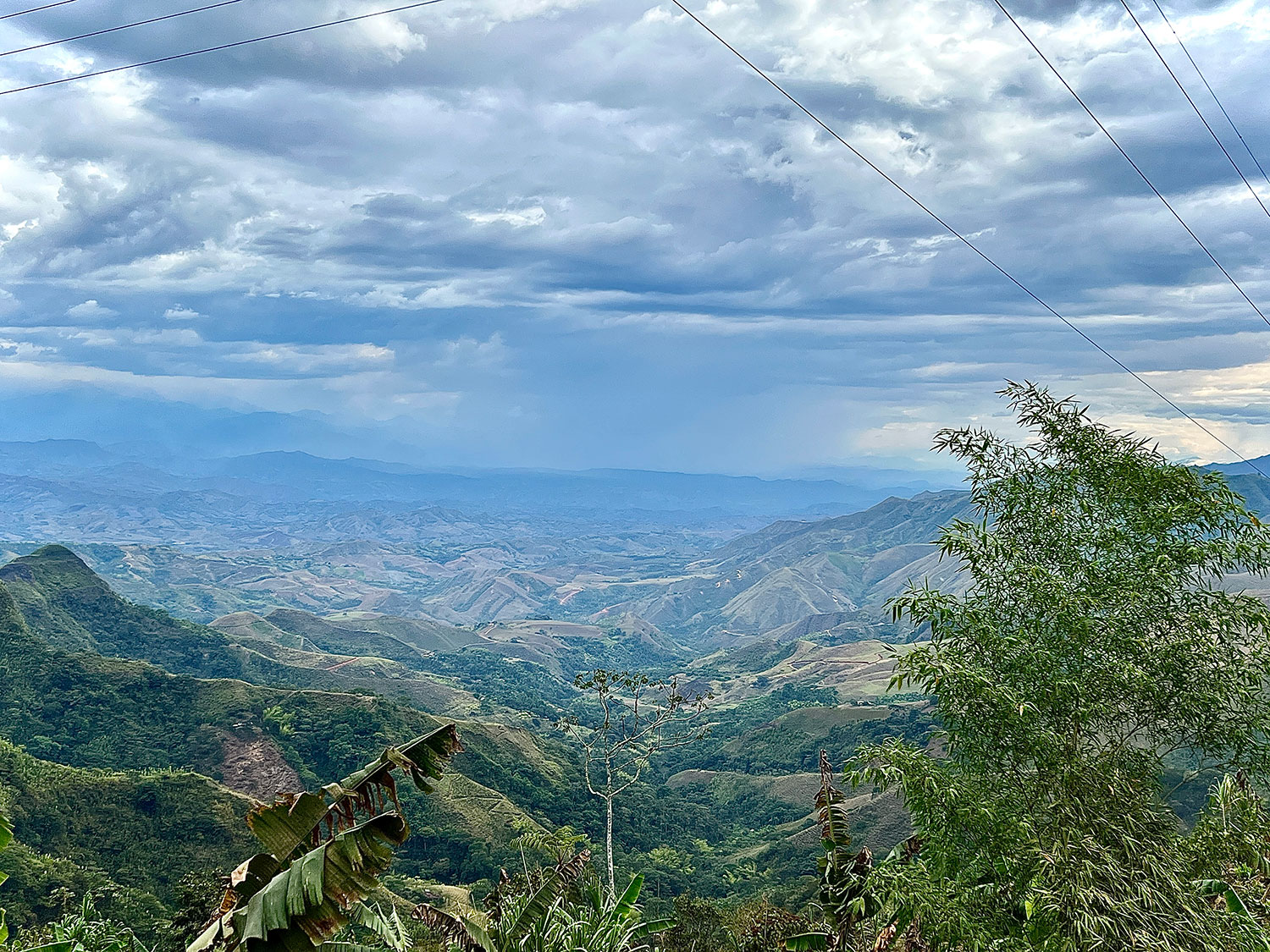
“Really Transformative”
When independent designers prioritize international travel over attending trade shows, appearing at trunk shows, or working at their bench, it can mean missing out on sales opportunities or disrupting production timelines. But for Dana Bronfman, the trips are well worth the time away, not to mention the expense. This past October, the New York City–based designer visited the Chede gold mine and the Fairalloy refinery, both in Colombia. The trip was organized by the Alliance for Responsible Mining, which regularly arranges for Fairmined-licensed brands to visit its gold mining regions.
“It was really transformative to go and see everything for myself,” says Bronfman, who has been Fairmined-licensed since 2016. “If I’m going to be sourcing this material, I have a responsibility to know where it’s coming from and help make my jewelry as responsible as it can be. Because the alternative is using sources that contribute to environmental degradation and global health issues—things that don’t align with my values.”
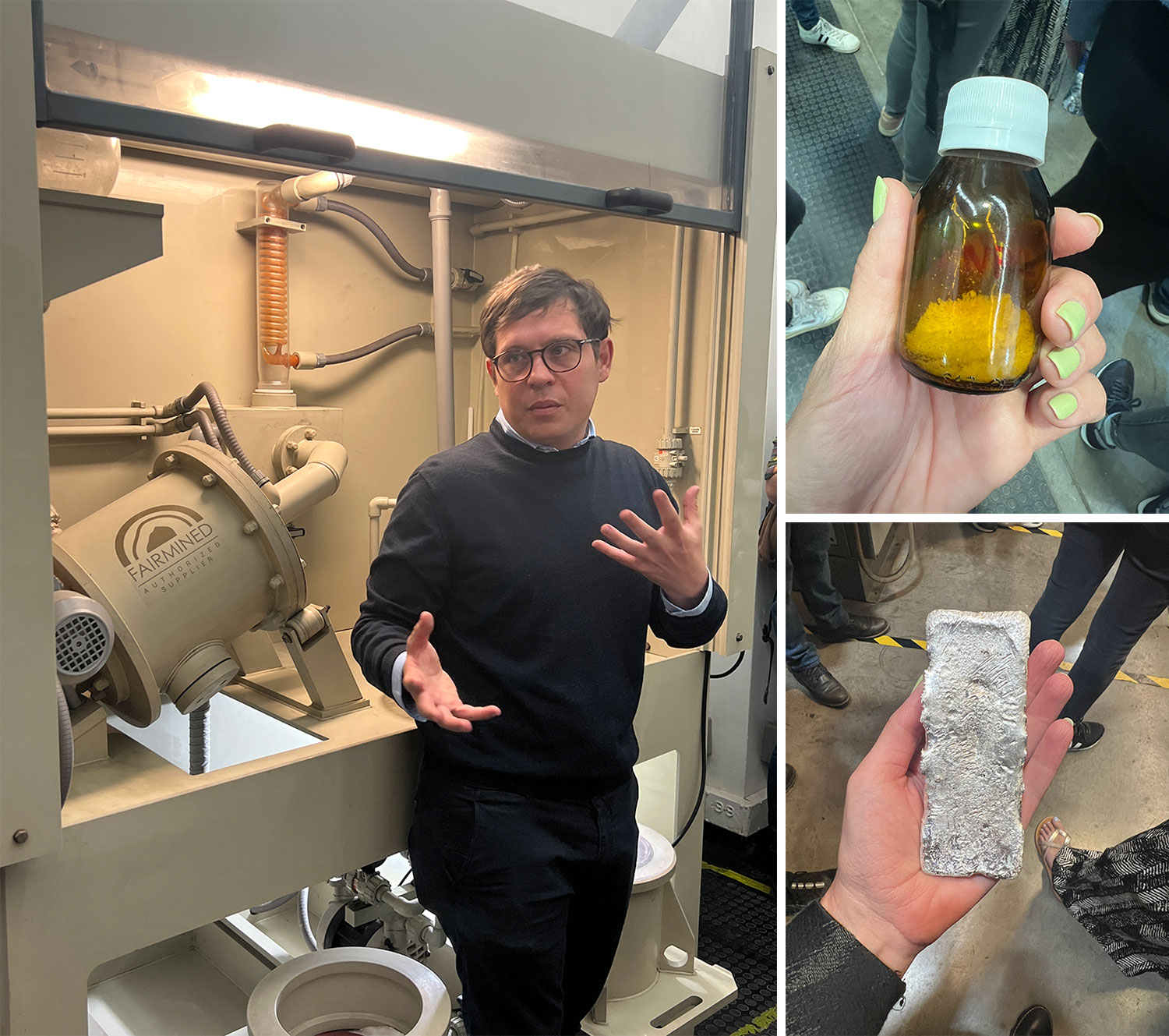
In August, Jennifer Maxwell, founder of the Iowa-based jewelry line Leigh Maxwell, traveled to mines in the Arusha and Tsavo regions of Tanzania and Kenya, respectively, with Gem Legacy, a nonprofit dedicated to improving the lives of gemstone mining communities in East Africa. The organization frequently arranges trips for designers, retailers, and jewelry professionals wishing to visit these regions for educational purposes.
“I think a lot of designers think gemstones come from Tucson—we go and everything’s beautifully displayed for us,” Maxwell says. “To know about where these stones come from, how they get to us and ultimately get to the end user, makes the sourcing process so much more meaningful.”
New Jersey–based designer Lika Behar, who also participated in the Gem Legacy trip, sees value in understanding “the amount of effort, passion, and optimism these artisanal and independent miners put into their work, day in and day out,” she says. “I have always loved colored gems, but now I appreciate them so much more.”
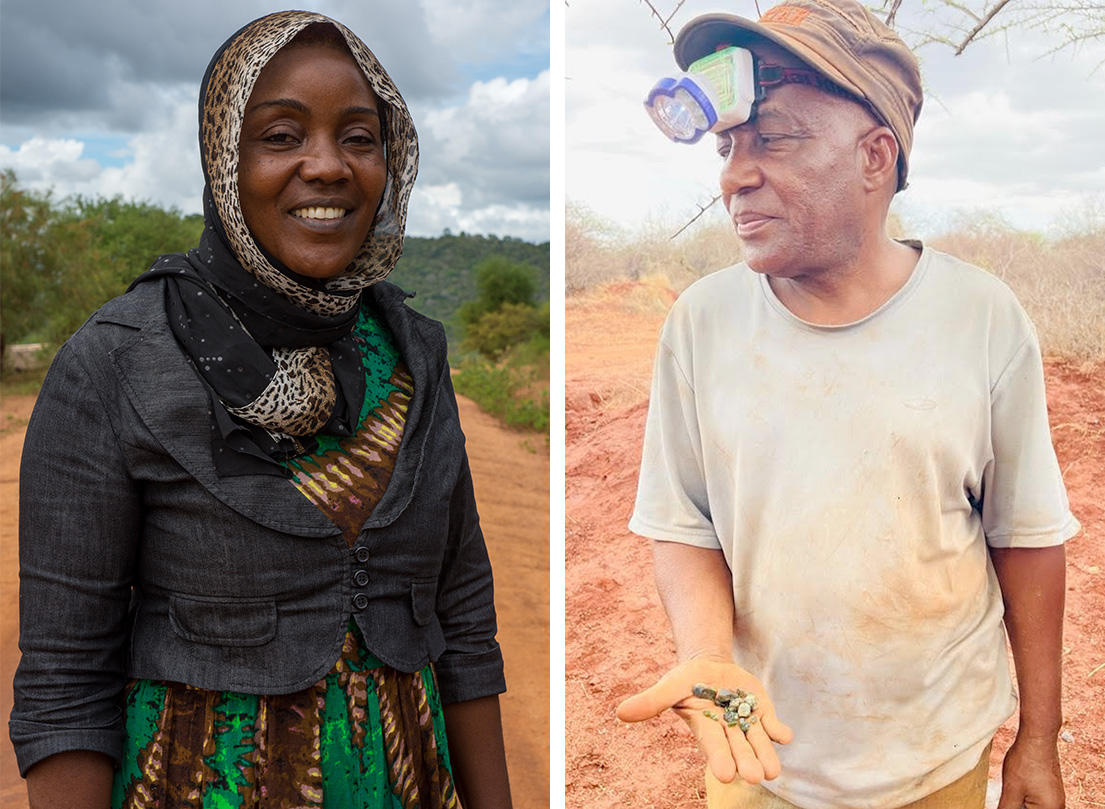
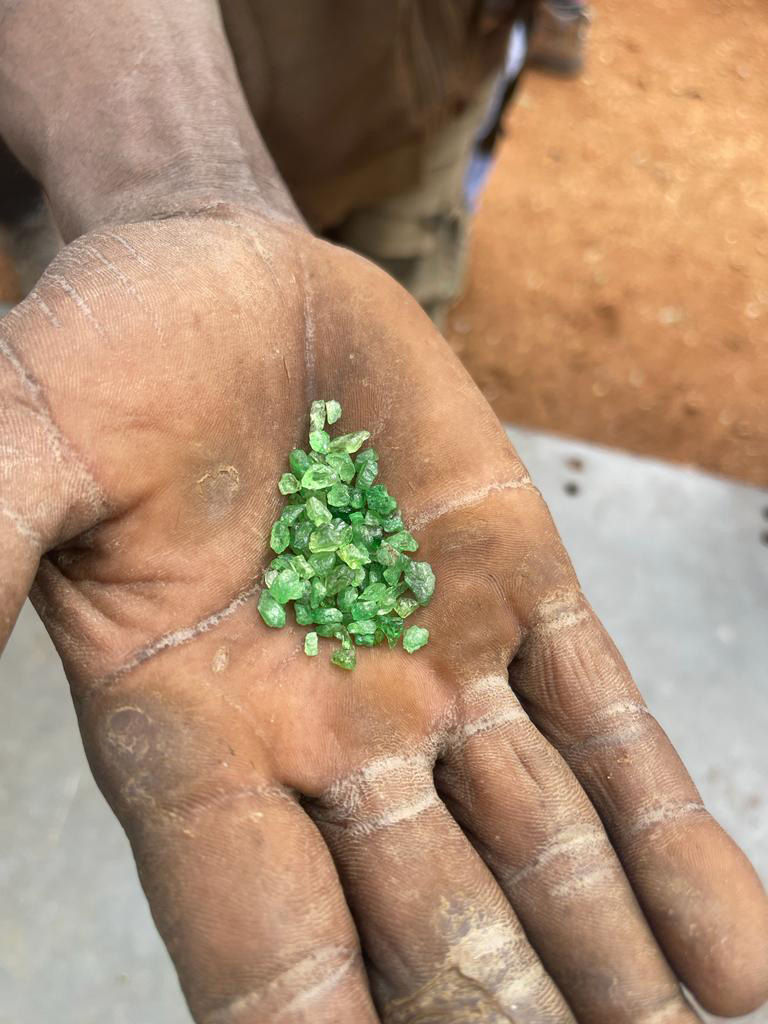
Getting the Goods
You may be picturing designers returning from these trips with rocks tucked into their carry-ons, but the mine visits are not designed as buying excursions. Designers can handle the rough material and even see it cut, polished, and refined, but they can’t take it home.
“It’s not that simple,” Lauren Harwell Godfrey, founder of the San Francisco–based line Harwell Godfrey, tells JCK. In April, Harwell Godfrey and a group of her design peers—including Lorraine West, Maggi Simpkins, and Matthew Harris, founder of Mateo—joined a De Beers–sponsored trip to Botswana, where they visited a mine, a cutting factory, and the company’s main sorting facility in the capital city of Gaborone. But just because Harwell Godfrey was surrounded by freshly unearthed diamonds didn’t mean she could circumvent De Beers’ longstanding policy of selling rough stones strictly through its sightholders. “During the trip, there were some introductions made, so now we have access to those resources,” she says.
Though import and export laws vary from country to country, most governments, including Colombia’s, prohibit people from taking precious materials across borders. “We couldn’t just travel back to the U.S. with gold bars in our pockets,” Bronfman says.
Likewise, Maxwell wasn’t able to buy stones on her Gem Legacy trip, but after meeting members of the East African mining community, she plans to seek out suppliers that source from them. For example, she is currently working with Anza Gems, known for its work with female miners in Kenya and Tanzania, on a rivière necklace made with rhodolite, spinel, moonstones, sapphires, and other gems. Each stone in the design can be traced to the specific miner who dug it up.
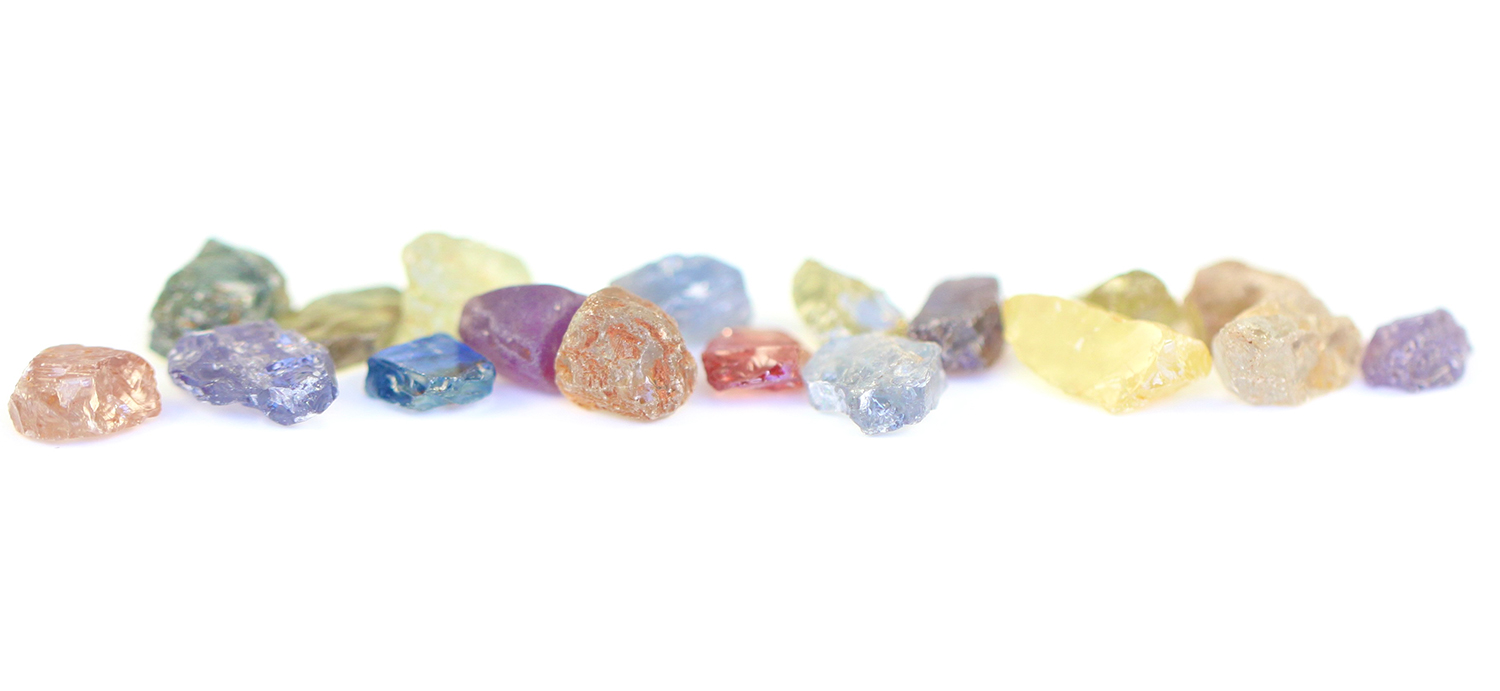
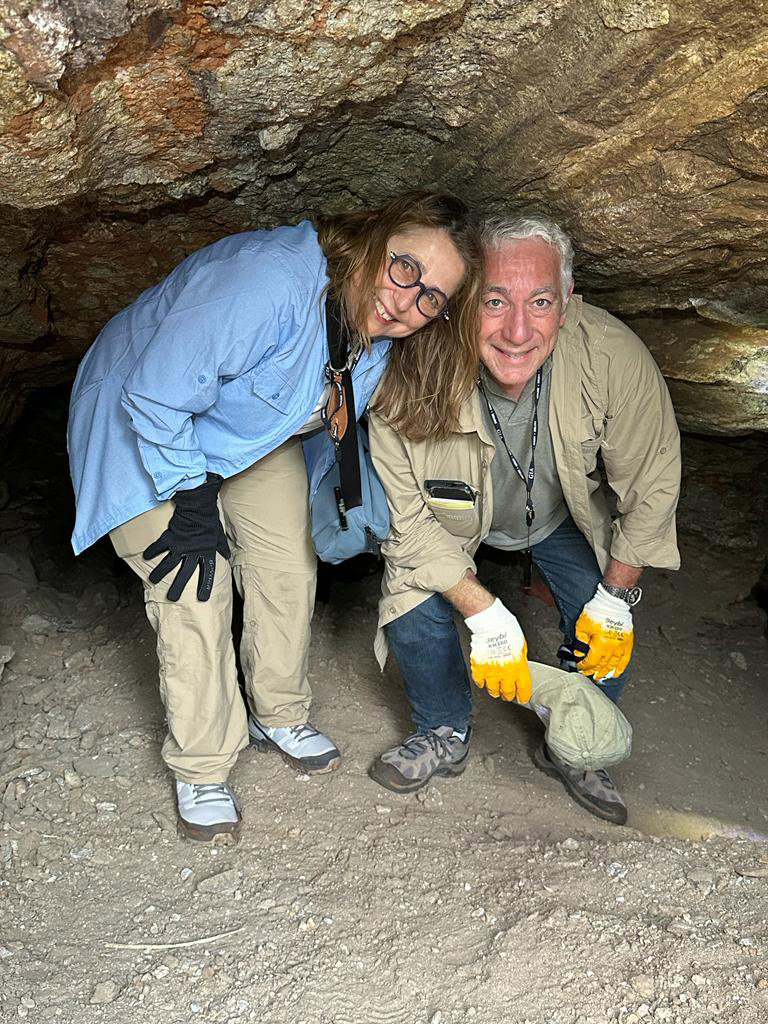
Sharing Is Caring
Upon their return, many of the designers have felt compelled to build on what they saw and learned at the source. For Behar, this has meant partnering with two retail accounts (Cline Jewelers of Edmonds, Wash., and Worthmore Jewelers in Atlanta and Decatur, Ga.) to raise funds to provide breakfast and lunch for an entire school year for kids in a Gem Legacy–assisted community. “During trunk shows, we raised funds to feed one child for every piece of Lika Behar jewelry sold—over 50 kids in all,” Behar says.
Social media is also invaluable when it comes to documenting the travels and sharing them with others. “People always want to know more about what’s happening behind the scenes, because pretty jewelry is just pretty jewelry,” Bronfman says. “Where is the meaning behind that?”
For Maxwell, her travels continue to pay off in her conversations with customers, who, more often than not, are moved by her experiences. “I have seen customers get tears in their eyes as I’m telling them the story of my trip, and they start to understand how these gems come to market and then come to them.”
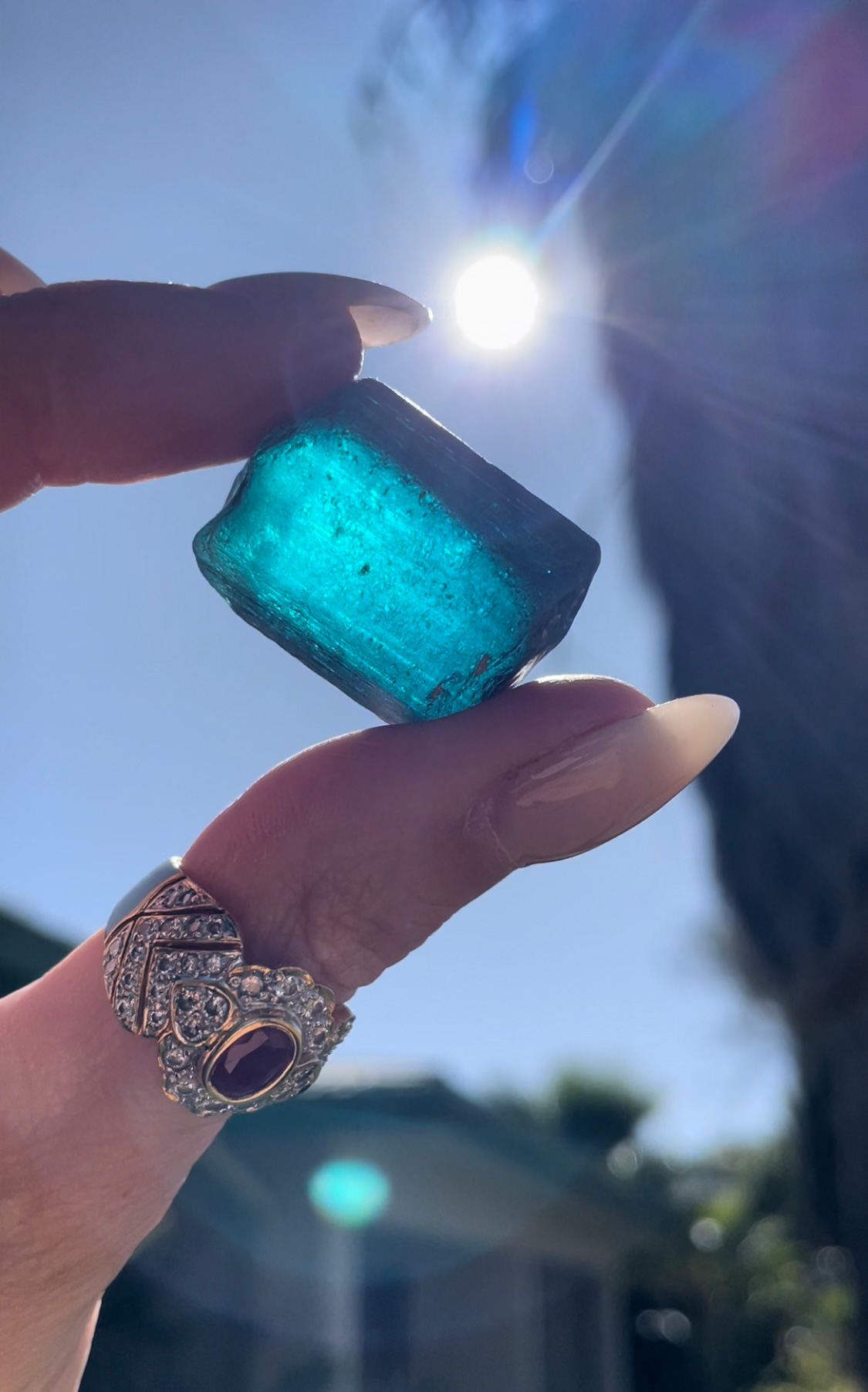
Bringing Clients on the Journey
Belgian designer Pamela Hastry of Morphée Joaillerie regularly travels to Namibia to visit colored stone mines, including those that specialize in indicolite tourmaline, rubellite, and chrysocolla. “I go to the source, not only for gemstones but also for manufacturing and designing,” Hastry says.
When sharing her knowledge and experiences at various talks and lectures and in casual conversations with clients, Hastry saw that consumers were interested in knowing more about how gemstones come to market. Now, in partnership with a travel agency, she annually takes a small group of customers on a 15-day trip to Namibia, where they visit the mining regions and even have the opportunity to commission a piece of jewelry made in one of the local gem centers.
“Once people realize how intricate and insular the trade is—how difficult it is to get a gemstone—it makes the jewelry even more precious to them,” Hastry says.
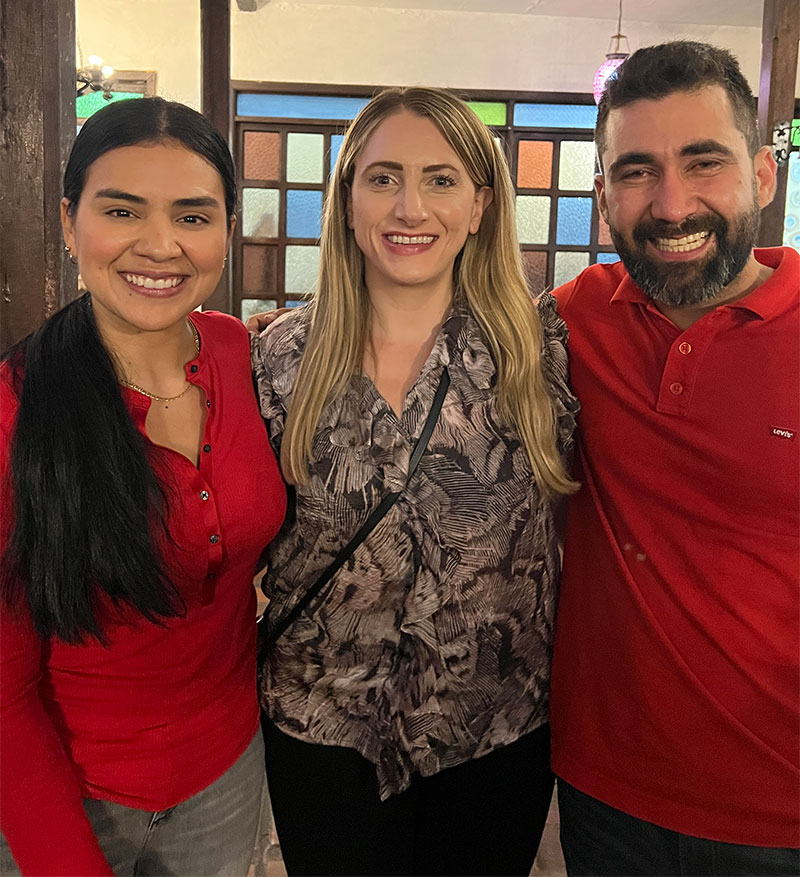
Uncommon Knowledge
One of the lasting benefits of visiting a mine, designers say, is the ability to speak with authority about earth science, economics, and supply chains.
“Seeing the entire process—from when the diamond leaves the earth in a pile of rocks through to when it is cut, polished, and ready to set in jewelry—gives a real appreciation of how special these stones are,” Harwell Godfrey says. “It made me realize that diamonds are the lifeline of Botswana.”
Bronfman returned from her trip to Colombia with a desire to preach the value of responsible and transparent sourcing. “I feel like an ambassador for Fairmined gold,” she says. “I talk about my experience whenever I am given the opportunity, and I try to help and encourage my peers to learn about it and get licensed. If we want a more responsible industry, we will only be able to have change happen if we make it happen. I would love to be part of bringing that about.”
Top: Designer Lauren Harwell Godfrey in Botswana
